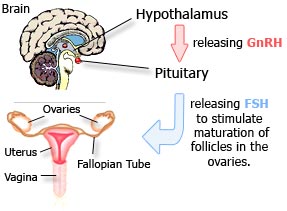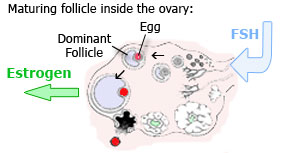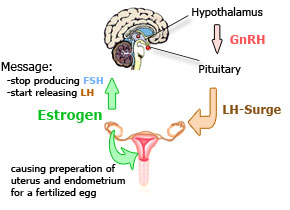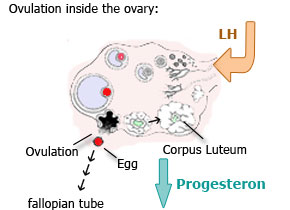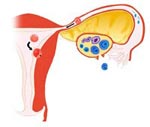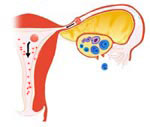 |
 |
|
|
| |
|
| |
|
 |
|
 |
|
 |
|
 |
|
| |
|
| |
|
| |
|
 |
|
 |
|
Premenopause |
|||
In order to understand what happens to a woman's reproductive system as she grows older, it is helpful to review the "normal" reproductive function during premenopause, which helps a woman's body to prepare for the possibility of pregnancy each month. The Menstrual Cycle The parts of the body mainly involved in the menstrual cycle include the brain, the uterus and the ovaries. The communication between these organs is realized by chemical substances, called hormones. For the menstrual cycle, the most important hormones are: > LH (Luteinizing Hormone) > Estrogen > Progesterone. |
|
Can Premenopause Symptoms
be Treated Effectively?
|
|
|
|
With today�s breakthroughs in
modern technology and in the medical field, dealing with menopause has become much easier. Many changes occur in a woman�s life at this stage, and therefore require a new life style as well as� |
|
Red Meat Related To Breast
Cancer during Premenopause?
|
|
June 01, 2007 |
|
A group of health professionals
from Brigham and Women's Hospital concluded that continuous ingestion of red meat might significantly predispose a woman�s risk of certain breast cancer, even before she reaches menopause� |
|
|
|
|
|
It is the balance and interplay between these hormones which regulate the specific events of a "normal" menstrual cycle during premenopause. In the following picture, the relations between hormones, ovulation and the preperation of the lining of the uterus are shown.
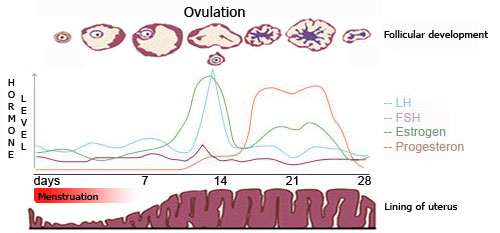
This "normal" reproductive function in a woman continues until 35 - 40 years of age. At the end of this period, also known as late premenopause, the ovaries gradually begin to produce less estrogen and progesterone; consequently, for most women, the first typical symptoms of menopause appear. Falling estrogen and progesteron levels finally lead into the next stage of menopause called perimenopause.
|
Premenopause is often misused to mean premature menopause , a relatively rare phenomenon in which menopause occurs before the age of 40. |
REFERENCES: John R. Lee, Jesse Hanley & Virginia Hopkins. "What Your Doctor May Not Tell You
| Menopause Home | Stages of Menopause | Symptoms of Menopause | Treatment of Menopause | Menopause FAQ |
| PREMENOPAUSE |
| premenopause | premenopause signs and symptoms | premenopause treatment | premenopause symptoms |
| ©Copyright 2008. Premenopause. All rights reserved. |
| Providing information on: Menopause Stages, Premenopause, Perimenopause, Menopause, Postmenopause. |
